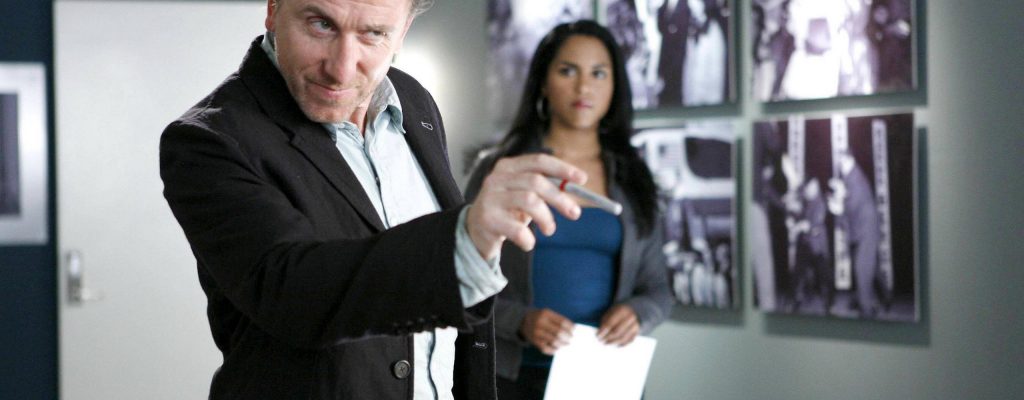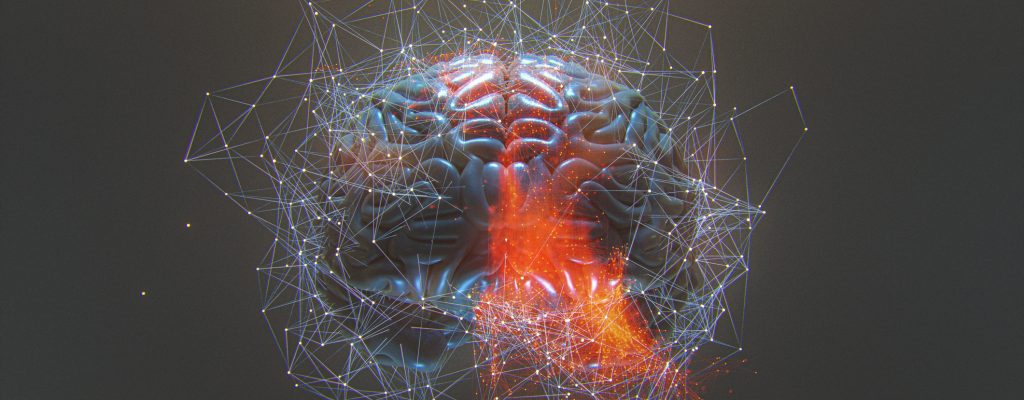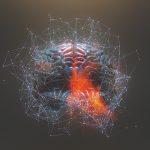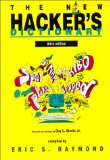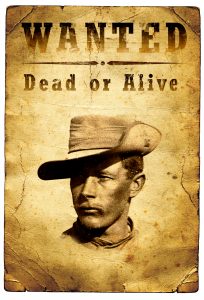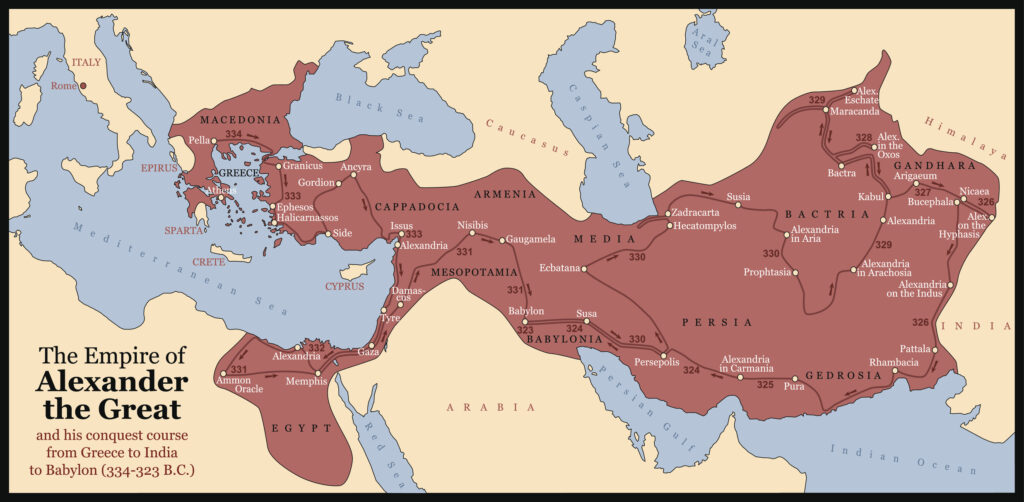
I believe some of the greatest successes we’ve observed in the history of the world come from some trauma the individuals who realized these successes experienced at sometime in their life.
TRAUMA = LEARNING
I’d argue that individuals as renowned as Alexander the Great or Napoleon were in part responding out of trauma induced learning, as well as more modern figures we associate with high achievement like Steven Jobs and, many famous athletes and entertainers.
Most of my professional clients, including some of the world-class executives and entrepreneurs I work with, come to me because of the effect of unresolved, unrealized and unconscious trauma they’ve experienced in their lives … both part of what drives their success … as well as what’s hidden from them, that limits them.
The traditional take on trauma is that it has three forms:

Acute – trauma induced from a single incident
Chronic – trauma from repeated and prolonged abuse
Complex – trauma caused by multiple, varied events, often of the kind that are invasive
Furthermore trauma is most often defined as an intense emotional response to a “terrible event.” While this definition works well in a psychological or psychiatric setting, or use, it doesn’t define the absolute boundary of how we can consider what trauma is, it’s lingering effects, or how we might choose to approach addressing it.
I want to propose that trauma may be something entirely different, …
TRAUMA: a massive, intense learning experience … or, to be more specific, a massive, intense learning experience that imprints on the neurocognitive processing pathways, that often occurs beneath the level of fully conscious awareness, and leaves a neurocognitive response that remains out of conscious awareness.
Joseph Riggio, Ph.D. – 2022
Assuming trauma creates an imprint in the emotional response that occurs in response to a “terrible event” it becomes acceptable to view it as something to be eliminated, removed, overcome or resolved – in other words, ‘fixing’ the emotional response system that has been somehow overwhelmed and/or damaged.
Abuse and trauma almost always leave a few generalized responses in the individuals who experience them, some are less life disturbing, others are more interruptive, and others still can be fully debilitating, depending on experience of the abuse, the trauma that’s induced and the individual response to it.
At the very least we can probably say that trauma will leave “emotional triggers” behind, some completely beyond the awareness of the individual experiencing them, except in the response that manifests as a result. Some of these triggers and responses are subtle, some are more significant.
Here are some examples of what trauma responses might manifest as, including those that go unrecognized as trauma responses by the person experiencing them:
- Unexplainable procrastination or hesitation to act, feeling stuck
- Low energy, low motivation, low or no ability to follow through
- Fears and phobias, risk avoidance and/or avoidance of the unfamiliar
- Eating disorders including obesity, bulimia and anorexia
- Physical discomfort, headaches and/or body pain, profound fatigue
- Anxiety, or panic with more acute or extreme trauma
- Irritation, inability to connect with others easily or effectively
- Lack of clarity, fuzzy thinking, inability to focus, and/or confusion
- Inability to sleep or experience restful sleep
- Feeling of isolation, disconnection or dissociation
- Unreasonable lack of trust, relationship breakdowns
- Low self-esteem, confidence and possible depressive episodes
Almost anyone who experiences any of these residual effects of trauma wants to get beyond the sense of “stuck-ness” that comes with them. Those who are thinking about trauma in a more traditional way may seek traditional psychological or medical intervention, because that has become the most familiar approach to take.
However, if trauma represents a learning experience, we might choose to begin by asking, “What learning happened as a result of the exposure to the event, or events, that induced the trauma?” This could take us to approaching radically differently than simply intending to ‘fix’ it in one way or another.
None of this means to suggest that trauma doesn’t leave emotional effects, and possibly emotional damage. It almost surely leaves neurocognitive effects, and shapes perception in particular ways. How the perceptual shaping manifests from trauma as response varies from individual to individual, from life changing to trivial, depending on many factors (too many to be discussed in this article).
The television series, Lie to Me, can be seen as a great example of how trauma can be viewed through a lens of learning. The premise of the show is that main character, Dr. Kal Lightman, played by Tim Roth, is a ‘deception scientist’ someone who’s studied the non-verbal signals of emotional response, and specifically micro-expressions, which are preconscious indicators of emotion. At multiple times in the show Kal refers to his protégé, Maria Torres, played by Monica Raymund, as a “natural.”

In the television program Dr. Lightman make it clear that first and foremost he’s a scientist, and his ability to do what he does comes from long and deep study, based in scientific research. As his consultancy grows he expands his staff to include Torres, who he’s discovered working security in an airport, a “natural” – i.e.: someone who has never studied the science and has never been trained in reading micro-expressions or signals, but who “naturally” learned to read deception and emotions at an elite level of skill.
We learn she’s become a “natural” as a response to both abuse, and the threat of abuse, experienced by her as a child in her home, presumably from her father. This would be an example of ‘chronic trauma’ and yet despite the damage that may have been inflicted as a result of that trauma she’s also learned to read people, and their intentions, at an incredibly astute level. Her exposure to trauma in this case created a profound learning as well.
We don’t see so much of Torres’ negative response to the trauma in the series, i.e.: the emotional damage it may have caused, although in the show it’s alluded to indirectly. Instead of the emotional damage caused by the exposure to trauma, we are presented with the residual effect of the learning she experienced because of it, i.e.: her elite skill at reading subtle emotional responses in people … she’s become a “natural” as a result of the trauma.
Okay, let’s restate where this has lead us …
TRAUMA =
EMOTIONAL-SOMASEMANTIC LEARNING
We can state with a fair degree of certainty from what many experts working with trauma have shared, including many medical researchers, psychologists, psychiatrists and others working in the field that trauma stores at some level in the body, and shows up in preconscious body responses (including the obvious ones in the list above) like sweating, heart pounding, shallow breathing, hyperventilating, tremors, the inability to move freely, and the opposite, explosive behaviors associated with anger and rage.
These traumatic responses are also all responses associated with the autonomic nervous system sympathetic response (ANS-S) to danger, threat, fear and/or stress. We know the ANS-S responses in the more familiar, fight, flight, freeze sequence.
Acknowledging that trauma may be even more associated with the autonomic nervous system responses than emotional ones, although they are intimately and inextricably connected, allows us to reconsider both what trauma is, how it’s experienced, and what we can do with it … including taking advantage of the learning it offers us.
The approach I take with clients that experience any of the symptoms of trauma that are below the level of acute debilitation, often not even acknowledged as signs of trauma at all, begins with eliciting the intention of the neurocognitive patterning that has been learned as a result.
For example, if someone comes to me and complains about issues like procrastination, or low motivation, or the inability to change some habit that interferes with their life in some way, I start by assuming that this behavior served them at some point in their life in response to some event or context they experienced. Only by understanding what the trauma response intends to offer can it be reshaped to provide the benefit without the debilitating effects.
Once we’ve uncovered the hidden intention of the learning that’s been experienced we can then update both the way to use that learning, and the deeply ingrained patterns associated with the trauma response that are parasitic and no longer beneficial or useful. I’ve done this work effectively with clients who display simply irritating, intermittent flutters of distraction, to clients who are experiencing full-blown cases of the effects of PTSD, sometimes working alongside their medical caregivers.
One distinction of the approach I take resides in the assumption that most of what my clients experience remains below any conscious level of awareness beyond the behavioral responses that are the after-effect of the neurocognitive patterns induced by the trauma, everything from overeating to hysterical responses to insignificant comments, and everything else in between.
Another distinction of my approach, using the MythoSelf Process and Somasemantic Modeling, can be seen in the direct somatic elicitation, calibration and intervention that forms the basis of the transformational changework that MythoSelf Facilitators and Trainers, including myself, use when working with clients.
This way of approaching transformation can be so effective that at times the change has happened before the client is even aware that anything has happened, yet when the same stimulus that had prompted the traumatic response is represented they don’t experience or display any of the previous trauma affects. While I expect this to work like this when doing this work with clients, I am still in awe at how effective viewing trauma as learning instead of damage can be, as are most of the clients I’ve worked with who experience it with me or another MythoSelf trained professional.
Within the model of work I refer to here as MythoSelf Process facilitation and Somasemantic model we define this kind of work as “structural” meaning a redesign and repatterning of the neurocognitive experience and expression. Ideally we seek to create what we call “Structural Wellformedness” meaning that they experience and expression matches the sensory data present in the the environment, and creates a desired and appropriate outcome for the person expressing their behavior response to what they are experiencing.
Structural Wellformedness is why thinking about trauma as learning is so valuable. specifically because the learning that comes via trauma remains, with none of the inappropriate or undesirable affects that can linger long after the event that induced the original trauma. This is often because, while the learning was useful and appropriate to the context that the trauma was induced in, cross-mapping that response to contexts that are similar, but essentially different, becomes somewhere between interruptive to debilitating.
Yet, when the learning remains, without the damaging affects of induced trauma, we often see the “natural” patterns that form the core responses of extraordinary success and behavioral fluency emerge effortlessly.
I’d love to read your comments to this article … thanks!
Best,
Joseph Riggio, Ph.D.
Architect & Designer of the MythoSelf Process and SomaSemantics
